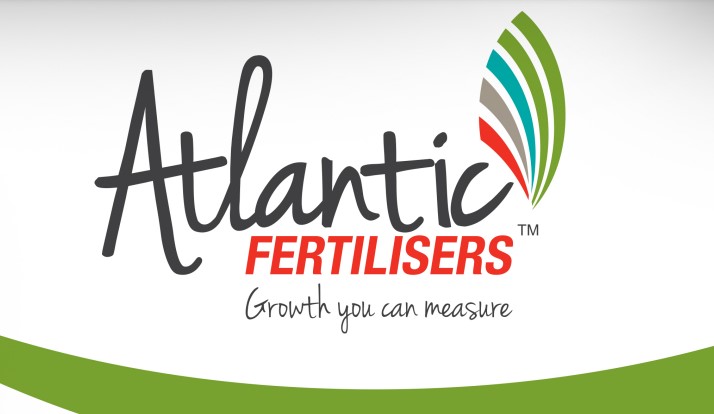Spring fertilisation plays a vital role in promoting the growth and productivity of vines and fruit trees. As the winter cold subsides and the temperatures begin to rise, these plants enter a phase of active growth, making it an opportune time to provide them with the necessary nutrients.
Here are some key points regarding spring fertilisation for vines and fruit trees:
1. Timing:
Spring fertilisation should be performed when the soil has warmed up sufficiently and the plants have emerged from dormancy. This typically occurs just before or during bud break, allowing the nutrients to be readily absorbed by the plants.
2. Nutrient balance:
Vines and fruit trees have specific nutrient requirements. A balanced fertiliser with a formulation suited to the particular needs of these plants is recommended. Generally, it should contain a combination of nitrogen (N), phosphorus (P), and potassium (K), along with essential micronutrients like iron, zinc, and manganese and composted organic matter.
3. Nitrogen requirements:
Vines and fruit trees have an increased demand for nitrogen during spring growth. Nitrogen promotes vegetative growth and the development of healthy leaves. However, excessive nitrogen can result in excessive vegetative growth at the expense of fruit production. It is important to strike a balance to ensure both growth and fruiting.
4. Phosphorus and potassium:
Phosphorus supports root development, flower formation, and fruit setting. Potassium aids in overall plant health, fruit size and quality. Ensure the fertiliser contains adequate amounts of these nutrients, considering the specific requirements of the vine or fruit tree species.
5. Organic matter:
Incorporating organic matter, such as well-composted manure products e.g. Atlantic Fertiliser’s organic soil conditioners into the soil before fertilisation – can provide additional nutrients and improve soil structure and moisture retention. This can be followed up with Biostimulants like Ocean Nutrition and Bio Kelp X5. Organic matter also promotes beneficial microbial activity in the soil.

6. Application methods:
Fertiliser can be applied through various methods, including broadcasting and water-soluble through drip irrigation or micro spitters. Follow our technical advisor’s instructions and consider the plant’s history with regards to vigour, yield and fruit quality of the previous season to determine the appropriate application rates and products.
7. Watering:
Adequate watering is crucial after fertilisation to ensure proper nutrient uptake by the plants. Irrigate the vines or fruit trees thoroughly, allowing the water to penetrate the root zone.
8. Environmental considerations:
Take into account environmental factors such as rainfall patterns, soil conditions and the specific needs of the plant species. Adjust the fertiliser application rate frequency accordingly to avoid over-fertilisation and minimise the risk of nutrient runoff.
In conclusion, spring fertilisation for vines and fruit trees is essential for promoting healthy growth, flower formation, and fruit production. By understanding the nutrient requirements, timing, and application methods, you can provide the necessary nutrients to optimise the development and productivity of these plants during the growing season.









